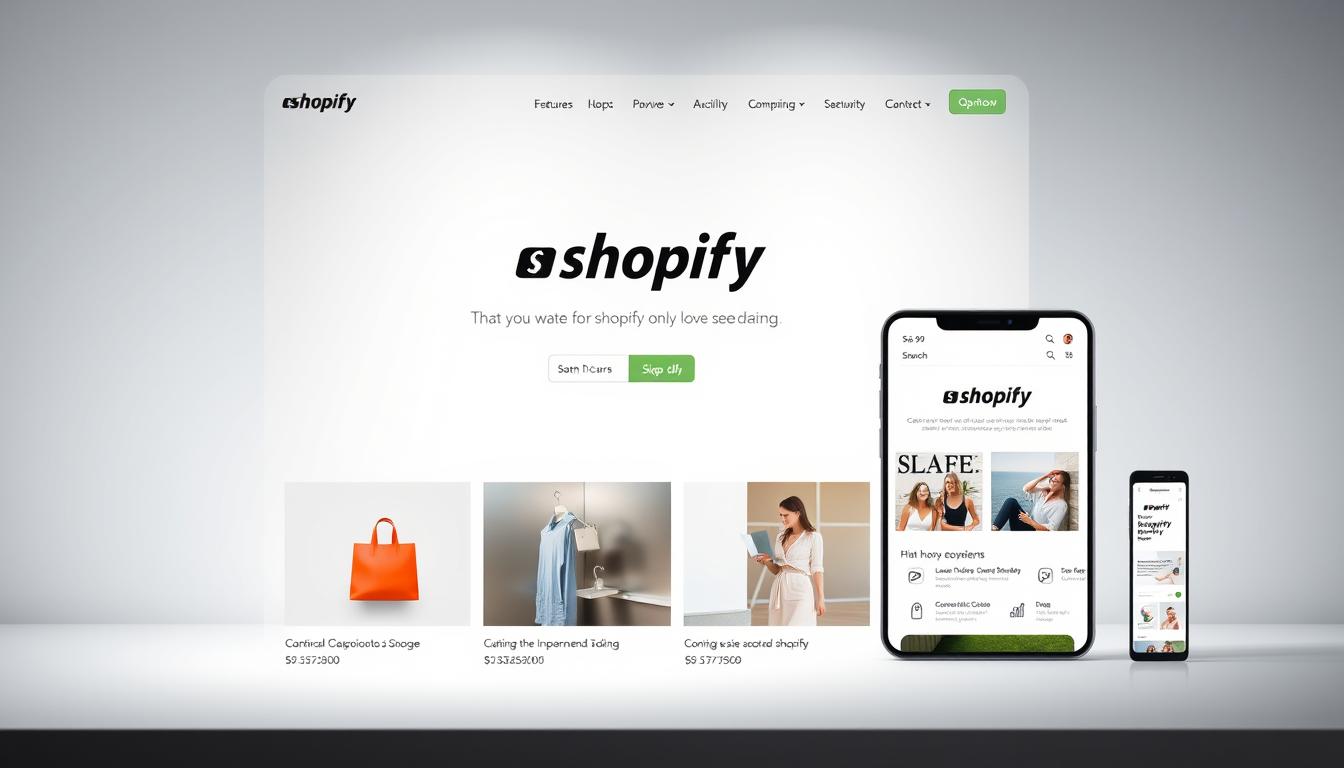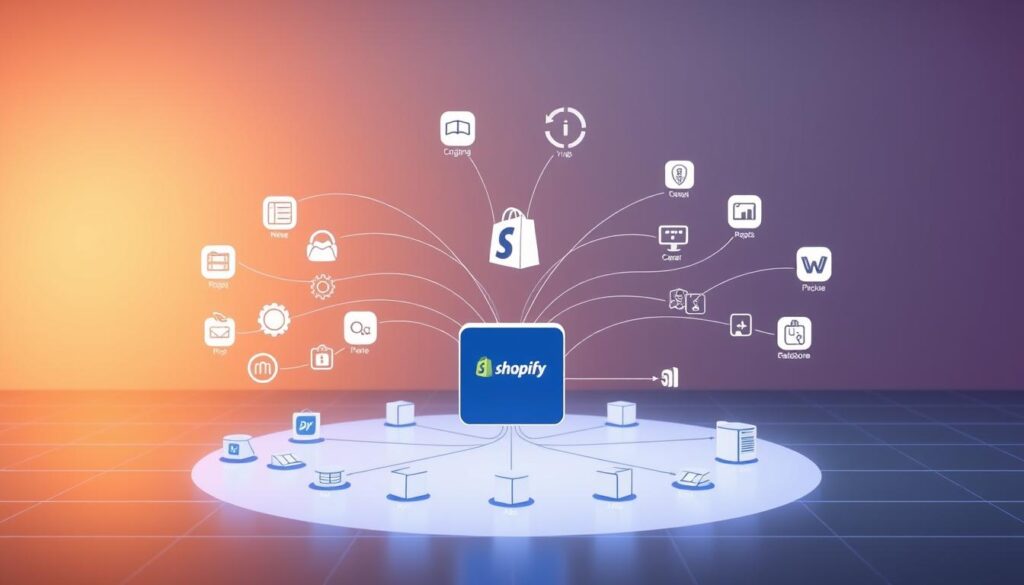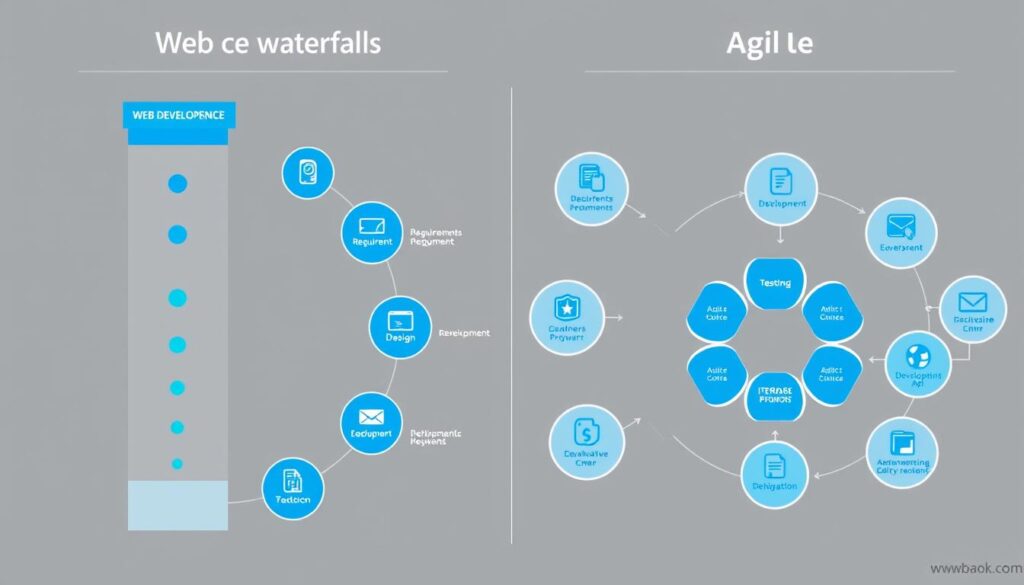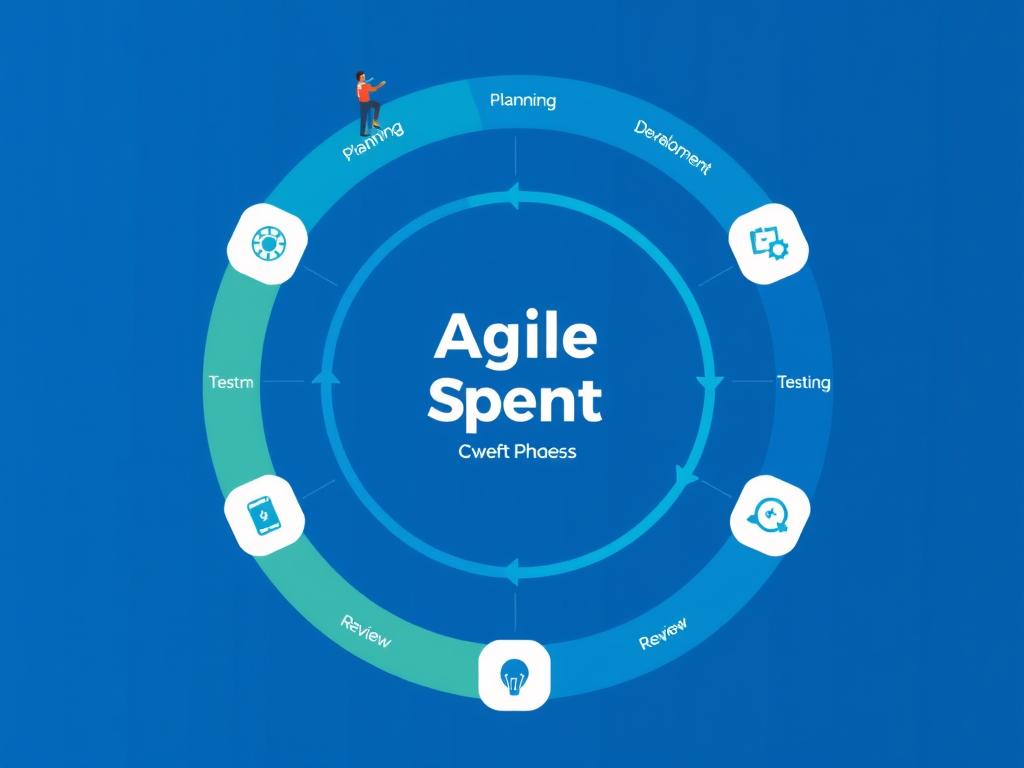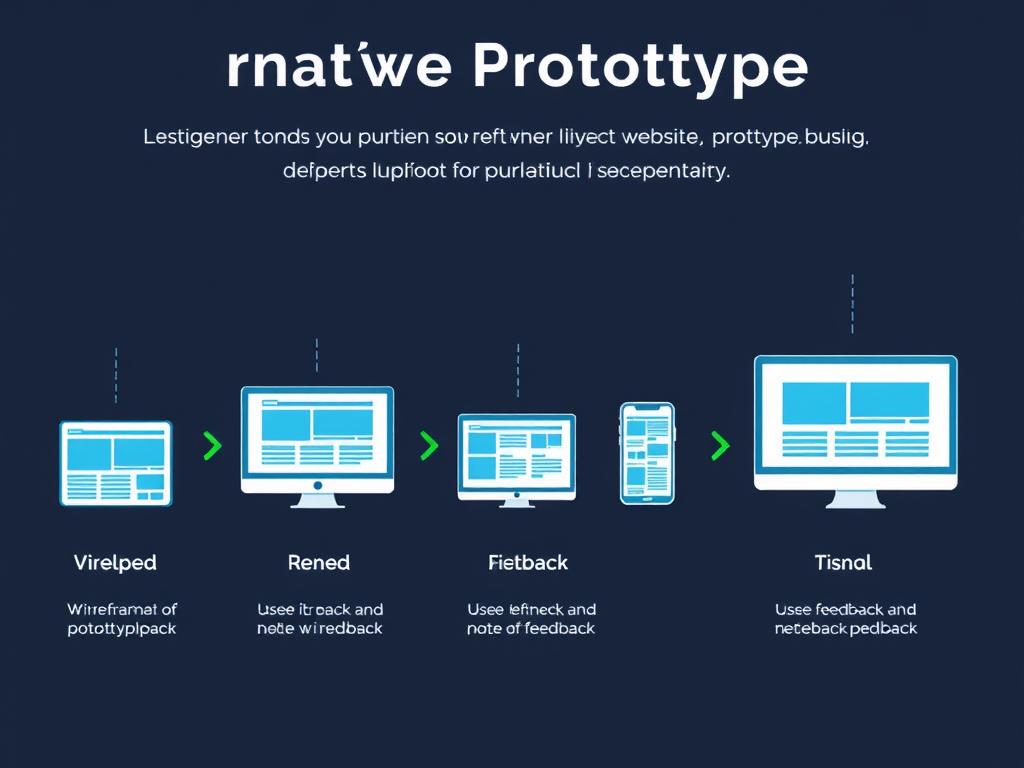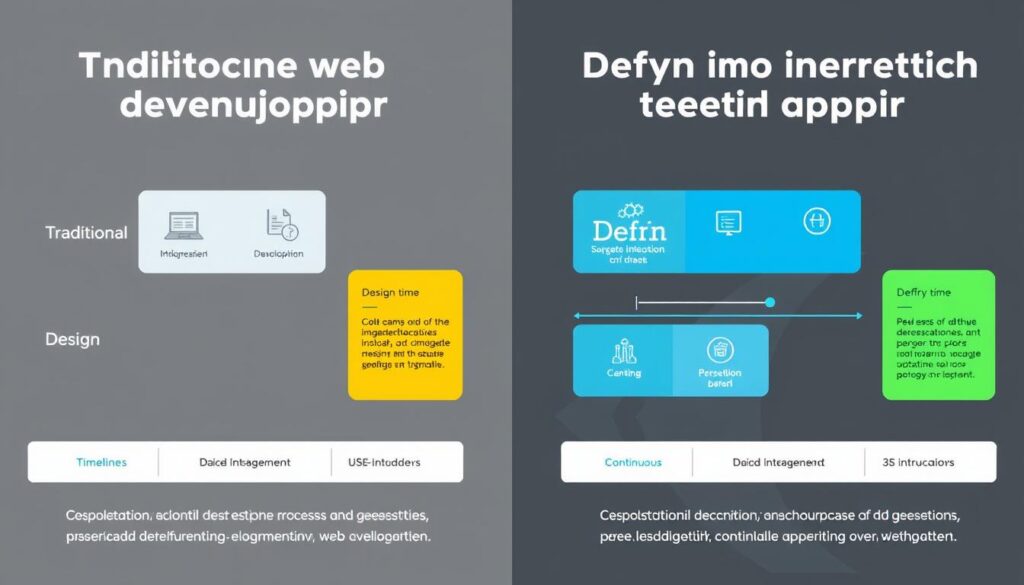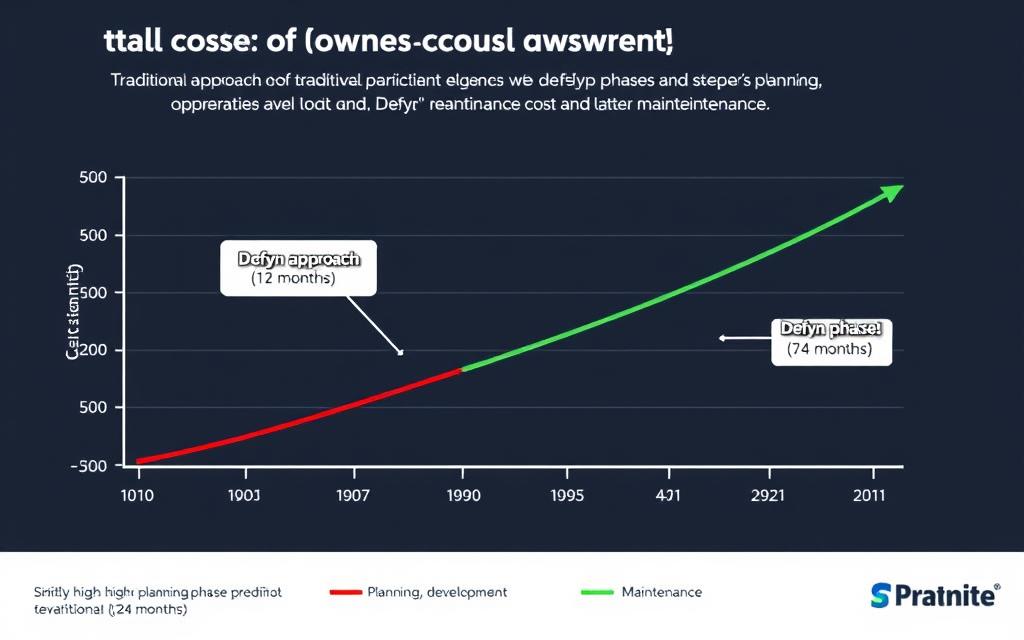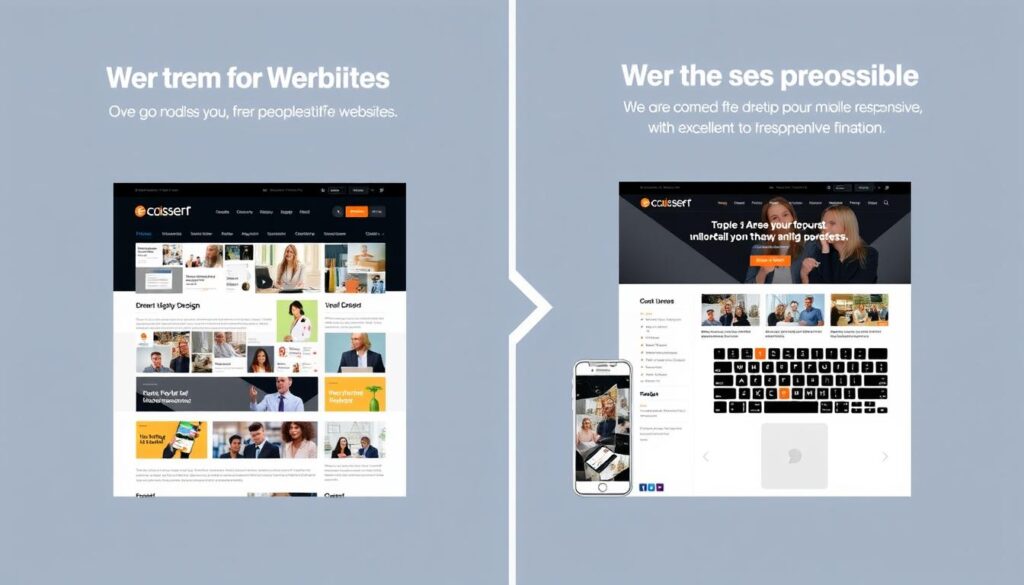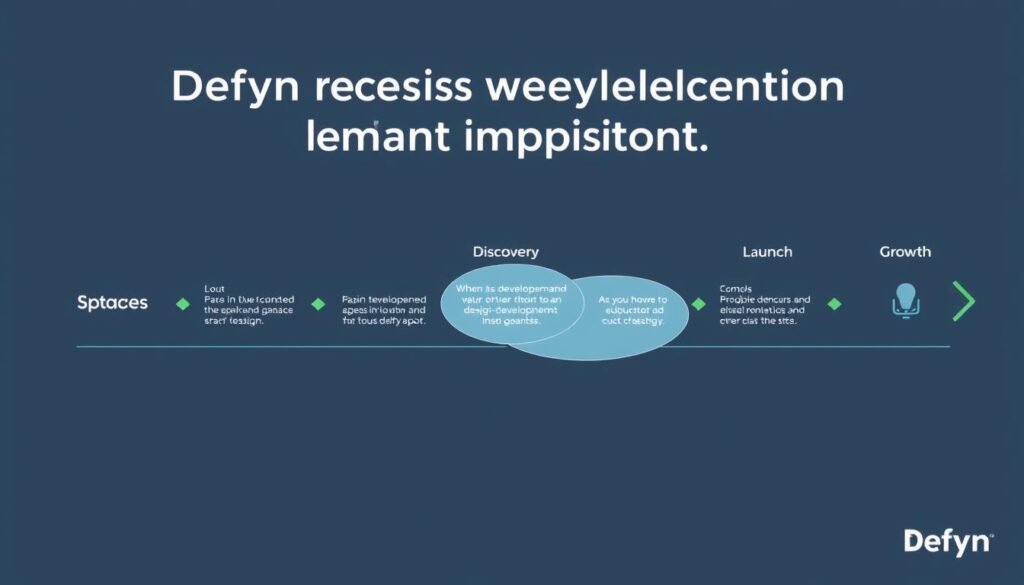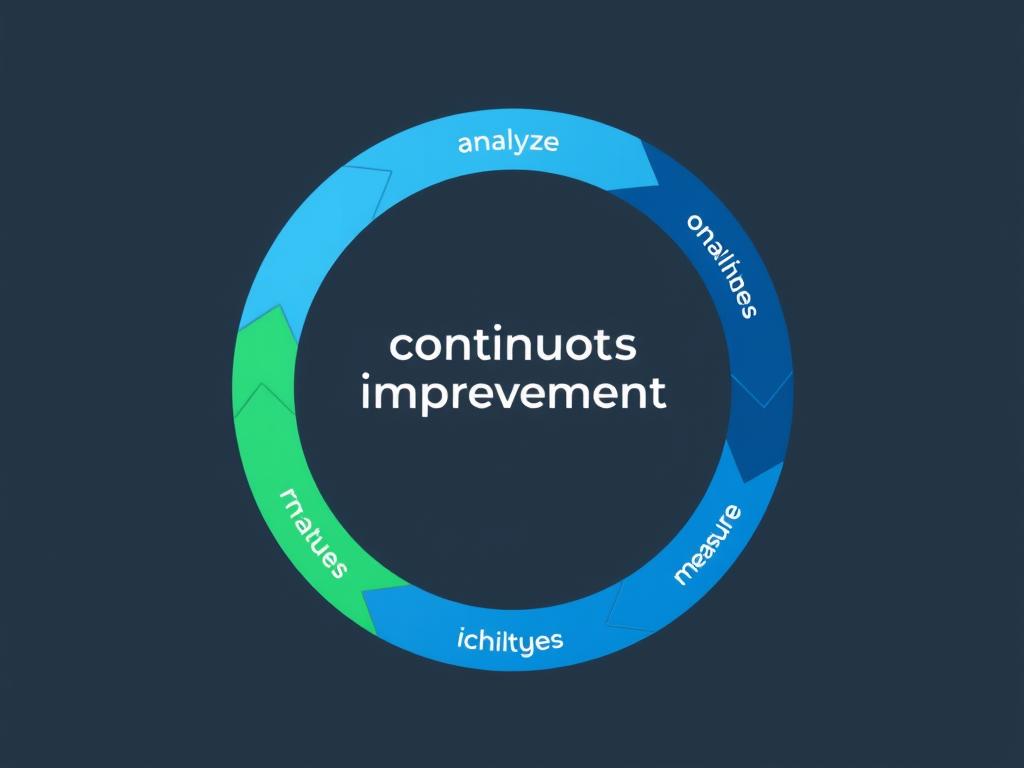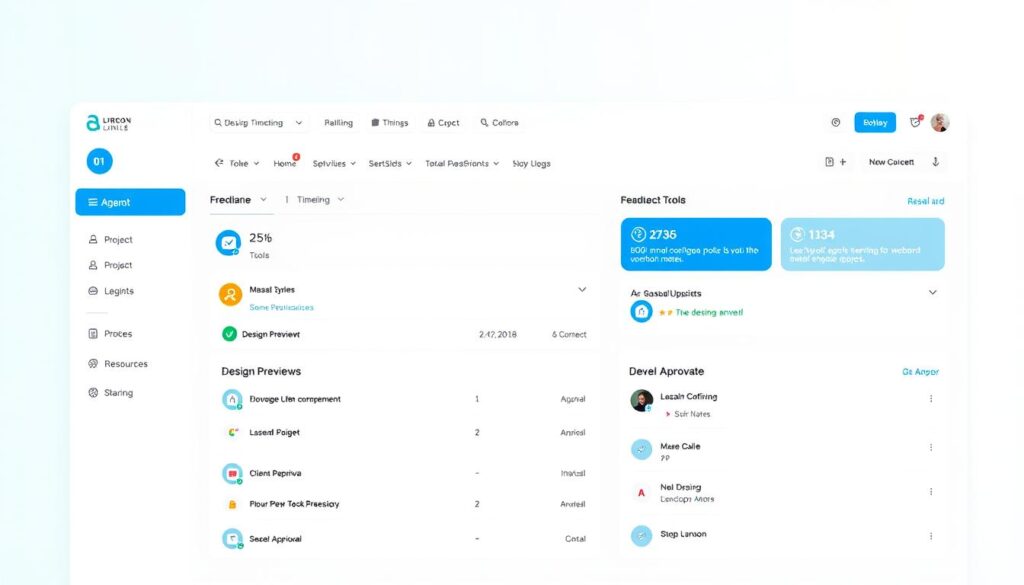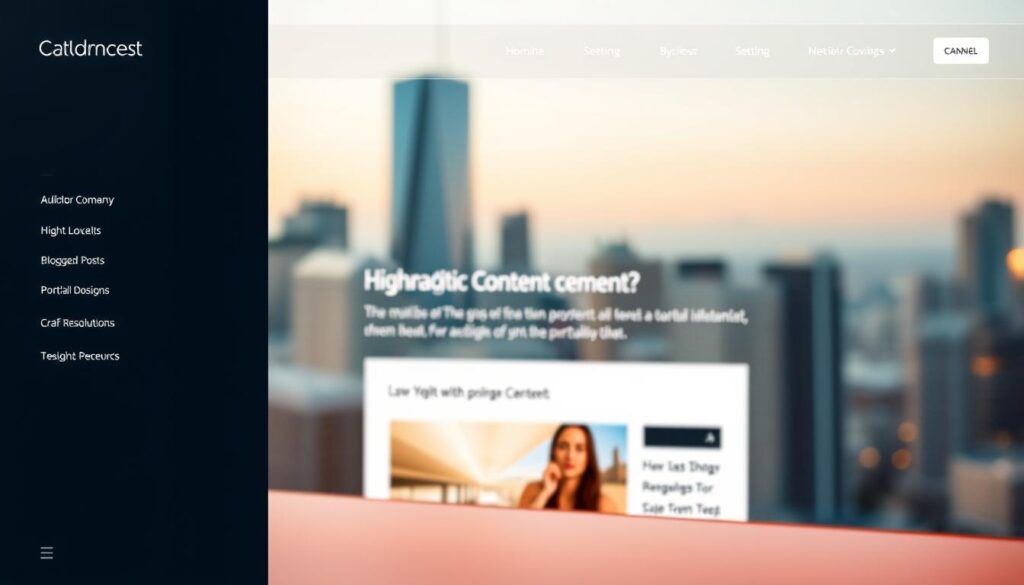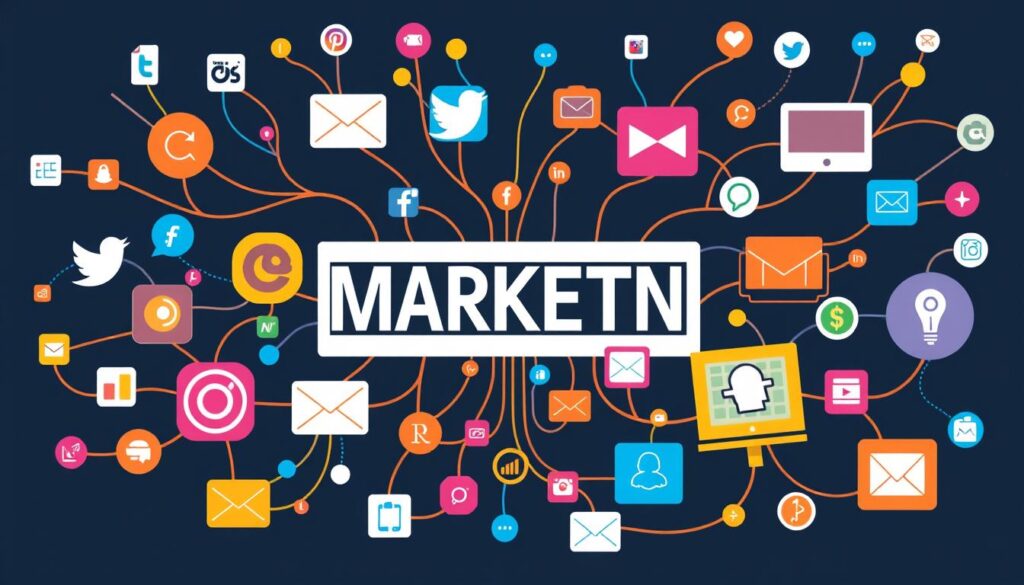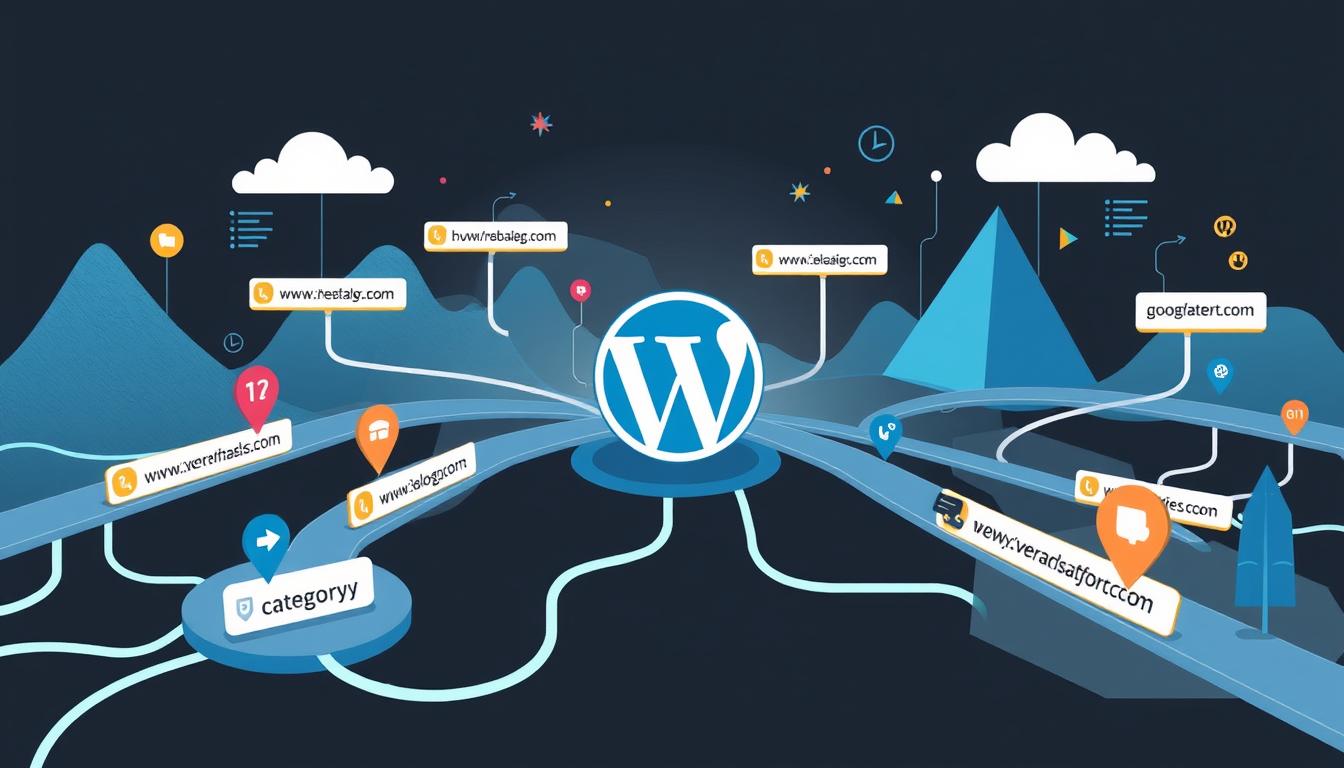We know how flatlining progress feels — the late nights, the unanswered tickets, the missed launch dates. We’ve stepped in for teams that hit the same wall and helped them move forward with calm, clear plans.
We’re a Sydney-based team focused on building high-performing shopify stores that convert and scale. Our agency blends sharp design and deep platform knowledge so your business gets a website that looks great and drives revenue.
We scope, implement and optimise with clear milestones, transparent communication and measurable outcomes. Whether you’re launching a new store or upgrading, we act as an extension of your internal team to deliver fast, reliable results.
Key Takeaways
- We stabilise stalled projects and remove roadblocks quickly.
- Clear milestones and measurable outcomes guide every engagement.
- We prioritise clean UX, performance and search visibility early.
- Services cover strategy, design, development and long-term optimisation.
- Contact hello@defyn.com.au for urgent triage or a full audit.
Defyn’s Shopify Sydney value proposition for Australian businesses
Defyn delivers platform-first ecommerce builds designed for Australian businesses and real‑world growth. We tailor store setup, compliance and payment flows to local rules so your site launches with confidence.
Our team focuses on performance and maintainability. That means best-practice development, clear documentation and a single delivery team that knows your customers and business goals.
We design to convert. Clear hierarchy, persuasive content and a friction-free checkout lift revenue without adding complexity.
- Robust platform foundations that scale without rework.
- Solutions that automate repetitive tasks and cut total cost of ownership.
- Commercially focused services that prioritise the work that moves the needle.
| Need | Our way | Benefit | When to contact |
|---|---|---|---|
| Local compliance | Tailored store setup | Fewer disruptions at launch | Before go-live |
| Stalled project | Stabilise and continue | Minimal downtime | Any stage of a project |
| Long-term growth | Maintainable development | Lower support costs | During planning |
If customisation has stalled or your developer is blocking progress, email hello@defyn.com.au for hands-on support.
Shopify Sydney
We align technical decisions with commercial goals to get your store selling sooner.
We specialise in shopify for local brands, adding context to payments, fulfilment and customer journeys. Our team maps how Australian customers browse and buy, then configures your online store to match those habits.
We pair platform features with your roadmap so you unlock value quickly without excessive custom code. Need a migration? We plan data mapping, URL redirects and SEO preservation to protect traffic.
- Developer collaboration: we liaise with your internal developers or partners for clear technical ownership.
- Multi‑channel: store settings, shipping and taxes set for Australian growth.
- Maintenance: performance baselines, uptime monitoring and error reporting for peak demand.
| Challenge | Our focus | Immediate benefit |
|---|---|---|
| Migration risks | Data mapping & redirects | SEO and traffic preserved |
| Over‑customisation | Config vs code advisory | Lower technical debt |
| Peak load | Monitoring & error alerts | Reliable site uptime |
Design, development and support under one roof
A single team handles creative design, technical development and post-launch care to keep your site selling.
Shopify design that’s conversion-led and mobile-first
We craft mobile-first design systems that highlight your value and remove friction for customers.
Our designers turn research into simple UI patterns that guide shoppers to checkout while keeping brand character.
Best-practice Shopify development for performance and SEO
We build with clean theme architecture and SEO-friendly templates so your pages index and rank well.
Structured data and accessible components are standard. That gives rich results and better search visibility.
Performance techniques — image optimisation, asset bundling and render path improvements — lower load times and improve conversions.
Ongoing support to keep your site fast, secure and sales-ready
Post-launch, we maintain the site with security best practices and minimal third‑party risk.
We set up tracking, testing and documentation so your team knows what was built and why it matters.
If your current developer can’t deliver the design and development quality you expect, email hello@defyn.com.au — we’ll take it from here.
- Evaluate whether functionality belongs in an app, custom extension or theme change.
- Hardening and compatibility checks aligned with platform guidelines.
- Rapid triage and stabilisation for urgent shopify website issues.
Why choose Defyn as your Sydney-based Shopify partner
When delivery matters, you want a team that pairs technical skill with practical commercial sense. We act as your local agency and advisor, keeping projects clear and accountable.
Local Australian team with long-term client relationships
We build lasting partnerships. Our people work closely with clients to protect brand value and budgets. That means faster feedback, real-time collaboration and a predictable cadence of delivery.
Technical rigour aligned with Partner Program standards
We follow current platform guidelines. That keeps our developers up to date with innovations and best-practice development. The result is maintainable code, smoother upgrades and fewer surprises.
- Maintainable, reviewed code from experienced developers.
- Clear technical handovers and documentation for operations teams.
- Practical expertise across theme engineering, app integration and data integrity.
- Open collaboration with your internal stakeholders and vendors.
| Benefit | What we deliver | Why it matters |
|---|---|---|
| Faster launches | Local coordination and clear processes | Reduced time-to-market and quicker ROI |
| Lower risk | Partner-aligned development standards | Better maintainability and fewer regressions |
| Trusted advice | Transparent roadmap and candid trade-offs | Clients highly recommend our pragmatic work |
Custom Shopify app development and integrations
Technical integrations and tailored apps let your business automate repetitive tasks and scale confidently.
We connect your commerce platform to the systems that run your business. Common work includes linking ERPs, CRMs and 3PLs, and building private apps when off‑the‑shelf options miss required functionality.
From ERP connections to fit-for-purpose private apps
We evaluate whether a native connector, an app store solution or a private app best fits your roadmap.
When custom development is needed, we design resilient data flows so products, inventory and orders stay accurate.
Automation that scales your store operations
Automation reduces manual handling and frees your team for higher-value tasks.
- Optimise sync schedules and payloads for near real‑time accuracy.
- Include error handling and observability so issues are easy to diagnose.
- Minimise permission scopes and document endpoints and failure modes for clarity.
| Need | Our approach | Benefit | When to engage |
|---|---|---|---|
| ERP mapping | Resilient data contracts and transforms | Accurate products and stock levels | Before migration or inventory sync |
| Unique functionality | Private app development | Extend store capability without upgrade risk | When off‑the‑shelf apps fall short |
| Stalled app build | Stabilise and finish development | Reduced downtime and clear roadmap | Any stage of a project |
| Operational scale | Automation and monitoring | Lower manual errors and faster fulfilment | When volume or complexity grows |
If your current integration or app build is stuck, contact hello@defyn.com.au — we’ll assess, stabilise and deliver.
Customer-first UX and the buying journey
We design every interaction so customers find answers and complete purchases with confidence.
First, we map the buying journey from the initial impression to post-purchase and remove friction at each step.
Pages answer core questions quickly — sizing, shipping, returns and social proof sit where users expect them. That reduces hesitation and support tickets.
On mobile we prioritise thumb-friendly controls, clear CTAs and a distraction-free checkout to keep conversions high.
- Use analytics and session replays to find where customers drop off and why.
- Simplify navigation, search and filters so users locate products fast.
- Test alternative layouts and messages to learn what improves ecommerce outcomes.
- Treat accessibility as good design: legible type, contrast and keyboard support.
- Post-purchase flows reinforce trust with timely updates and simple returns processes.
The result: your website becomes a dependable guide for buyers, not just a catalogue.
| Stage | Action | Immediate Benefit | Metric |
|---|---|---|---|
| Discovery | Clear landing content and filters | Faster product findability | Search success rate |
| Decision | Concise product answers and trust signals | Higher add-to-cart conversion | Cart conversion rate |
| Post-purchase | Timely updates and easy returns | Lower support volume | Repeat purchase rate |
Platform advantages you can leverage today
Built-in services mean fast access to inventory tools, security updates and vetted integrations. That combination lets your team focus on trading and growth rather than daily ops.
Inventory management that’s simple and reliable
Inventory tracking is straightforward and works across channels and fulfilment locations. Teams can reduce oversells with clear stock flags and location-aware syncing.
Security, performance and scalability out of the box
The platform provides secure hosting and elastic scaling for peak trading. Patches and updates are applied centrally so your site stays protected with minimal effort.
Leaning into the App Store for added functionality
Thousands of vetted apps accelerate payments, marketing and operational solutions. We prioritise native features first and select apps that are reliable and cost-effective.
- Secure hosting and auto-scaling for traffic spikes.
- Simple inventory management across channels and locations.
- Vetted apps to expand features without heavy custom builds.
- Operational workflows configured so your team spends less time on admin.
The result is a stable, adaptable and secure store that’s easier to operate and faster to enhance.
Pricing plans and when to consider Shopify Plus
Choosing the right plan shapes costs, features and how quickly your online store can scale.
We help businesses match plan capabilities to real needs so you don’t over‑pay early or get stuck later. All standard tiers support unlimited products, so catalogue size alone won’t force an upgrade.
Basic, Shopify and Advanced — matching features to your stage
Basic covers new stores with essential selling tools and simple reporting.
Shopify adds better reporting, more staff accounts and improved shipping features for growing operations.
Advanced is aimed at businesses that need advanced reports and lower transaction fees as revenue rises.
- We match plan features to your current stage to avoid over‑spend while keeping a path to scale.
- We assess total cost of ownership, including app subscriptions and management overhead.
- We forecast growth triggers so stakeholders know when a move to Plus is justified.
When high-volume retailers benefit from Plus and B2B
Plus targets high‑volume retailers. It adds B2B features, advanced automation and customisation suited to complex operations.
For wholesale or multi‑channel businesses, Plus can consolidate management and reduce manual work.
| Plan | Best for | Key advantages | When to upgrade |
|---|---|---|---|
| Basic | New stores | Low cost, core ecommerce features | Starting revenue and simple ops |
| Shopify | Growing businesses | Enhanced reports, more staff accounts | When you need better analytics and workflows |
| Advanced | High-growth retailers | Advanced reporting, lower fees | Higher transaction volumes |
| Plus | Enterprise & wholesale | B2B, customisation, automation | Complex operations or high volume |
If you’re unsure which pricing option fits, we’ll review your data and recommend the right path, balancing immediate needs with a clear roadmap to scale.
Payments, POS and omnichannel selling
A reliable payment setup and resilient POS keep your store trading during busy hours.
We configure gateways that balance fees, reliability and checkout UX for Australian customers. Where non‑Shopify gateways are chosen, we factor in additional service fees so there are no surprises.
Gateway choices and fee considerations
We enable wallets and accelerated checkouts to lift mobile conversion and repeat purchases. We also monitor authorisation rates and chargeback trends and optimise gateways when needed.
POS: standard vs Pro for in‑store sales
We implement the included POS and assess if POS Pro’s advanced features justify the cost. For omnichannel, we keep in‑store and online inventory in sync so customers buy confidently across channels.
- Tax, shipping and fulfilment: rules tailored for national stores.
- Staff training: POS workflows, refunds and exchanges to reduce friction.
- Peak readiness: prepare systems for extended hours and foot-traffic spikes.
| Need | Our action | Benefit |
|---|---|---|
| High foot traffic | POS performance tuning | Fewer transaction delays |
| Cross-channel sales | Inventory sync | Accurate availability |
| Fee visibility | Gateway selection | Lower cost per sale |
Speed, SEO and structured data baked into your build
Performance, semantic markup and reliable data flows are core to our web builds. We treat speed and search as features, not afterthoughts.
We architect themes for speed: lean templates, minimal blocking scripts and optimised images. That lowers load times and helps Core Web Vitals.
Technical SEO is standard — schema.org structured data, semantic headings and canonical tags protect visibility. We configure redirects and sitemaps to preserve equity during rebuilds or migrations.
Our shopify development approach includes performance budgets and regression checks in the release process. We document SEO-critical elements so your team knows what not to break when editing the site.
- Analytics and consent frameworks set up for accurate, privacy-compliant data.
- Content models separate design from data to keep edits fast and reliable.
- Ongoing monitoring and low-dependency solutions keep organic traffic stable.
Result: measurable speed gains, cleaner search indexing and a maintainable development workflow that supports long-term growth.
Marketing integrations to drive growth
We bridge commerce data and automation so every message reaches the right customer at the right time.
Connecting with automation platforms for smarter campaigns
We connect your store to leading marketing platforms such as dotdigital to run lifecycle campaigns, segmentation and personalisation driven by real behaviour.
Our aim: reduce wasted spend and lift ROI by making marketing data-driven and repeatable.
- Single customer view for email, SMS and on-site personalisation.
- Structured events and attributes so segments match real customer value.
- Attribution tracking that measures ecommerce impact, not vanity metrics.
- Consent capture, preference centres and deliverability hygiene included.
- We vet apps for performance, data handling and vendor reliability.
| Need | Service | Immediate benefit |
|---|---|---|
| Lifecycle marketing | Automation platform integration | Higher recoveries and repeat purchases |
| Data accuracy | Event modelling & server-side tracking | More reliable measurement |
| Speed to campaign | Campaign-ready website content blocks | Faster launches without dev tickets |
We train your team to run always-on programs. If you prefer, we operate the stack initially and transition it to your people when you’re ready.
Data-driven redesigns and site migrations
A clear data map and staged testing make complex redesigns predictable and safe.
We begin with analytics and research to decide what to keep, improve or retire. That research shapes information architecture and content strategy built around real user behaviour.

We prepare data mapping for products, customers and orders so integrity holds after migration. URL redirects and canonical rules are planned to protect rankings and referral traffic.
Staging environments and structured QA catch issues before customers see them. Our development team resolves edge cases like metafields, bundles and legacy variants.
- We coordinate with stakeholders so the project lands with minimal downtime.
- Post-launch monitoring checks traffic, conversion and indexation trends.
- We create a rollback plan to minimise risk if a rapid recovery is needed.
If you’re moving to a shopify website from another stack, we’ll protect your store’s momentum. Our process balances technical development with commercial sense so clients keep selling during the transition.
Quick-turn services to launch faster
When hours count, we concentrate effort into short, productive sprints that deliver value. Our approach compresses planning and execution so you can get a website live without lengthy roadblocks.
Focused design and development sprints for rapid go-live
One-day intensives pair a senior designer and developer for a focused build. Scope is limited and agreed up front so decisions happen fast and quality stays high.
- We align scope to commercial outcomes and lock priorities before the sprint.
- Typical work covers key templates, navigation, payment setup and essential apps for launch.
- Content needs are prepared in advance to maximise productive hours on build day.
- Post-sprint support stabilises the site while we refine features from real user data.
“We schedule timeboxed milestones and a clear checklist so stakeholders know exactly when progress lands.”
If you need a rapid launch or recovery, email hello@defyn.com.au — we’ll schedule a focused sprint to get you live.
| Service | Typical duration | Immediate benefit |
|---|---|---|
| One-day design intensive | 8–10 hours | Launch-ready templates and assets |
| Rapid development sprint | 1–3 days | Essential functionality live fast |
| Post-launch support | 72 hours | Stabilise and monitor performance |
Industries and store types we support
We design category-specific store experiences that match how customers shop and decide.
Our team has built sites for fashion, beauty, lifestyle, homewares, food & beverage and specialty retail. Each project starts by mapping how customers browse products and complete purchases.
For regulated lines we add compliance checks, age gates and restricted-shipping rules so you meet obligations without blocking sales.
We support B2C and D2C businesses with merchandising, bundling and flexible promotions. Subscription models and repeat-purchase flows are configured to make revenue predictable.
Marketplaces and multi-brand stores get catalogue management and faceted navigation to surface products fast. We consider fulfilment realities early — lead times, split shipments and preorders are handled smoothly.
Designers tailor UX patterns to category expectations and trust signals so your website converts better.
| Store type | Primary focus | Immediate benefit |
|---|---|---|
| Fashion & Beauty | Visual merchandising, size guidance | Lower returns, higher conversion |
| Food & Beverage | Perishable rules, delivery slots | Accurate fulfilment and fewer complaints |
| Marketplaces | Catalogues & faceted search | Faster product discovery |
| Subscriptions | Repeat billing and lifecycle flows | Predictable revenue |
- International growth: staged multi-currency rollouts.
- Trust signals: category-specific badges and content.
- Growth paths: bespoke plans for products and industries.
Project delivery process — from brief to launch (present)
We organise discovery, design and development into focused stages so stakeholders stay aligned.
Discovery and scope
We clarify goals, constraints and measurable outcomes early. That reduces surprises and gives the whole team a shared plan.
Design systems, prototyping and theme selection
Our designers prototype core flows, test patterns and pick themes that fit your roadmap.
Component systems make the site consistent and faster to iterate over time.
Development, QA and performance hardening
Development is sprint-based with demos and transparent burndown so feedback lands quickly.
QA covers devices, browsers, accessibility and performance budgets before launch.
Launch, handover and training
Launch plans include checklists, rollbacks and monitoring for a calm go-live.
Handover bundles training, video guides and admin best practices so your team owns day-to-day management.
Post-launch hardening addresses edge cases fast and keeps momentum up. We favour a pragmatic way of working — focused, collaborative and time-aware.
| Stage | Who leads | Primary outcome | Time focus |
|---|---|---|---|
| Discovery | Project lead & designers | Scope, acceptance criteria | Weeks 0–1 |
| Development & QA | Developers & QA | Working site, performance budgets met | Sprints, continuous |
| Launch & handover | Project lead & operations | Go-live, training and support plan | Launch day + 2 weeks |
Post‑launch support, SLAs and after-hours coverage
We back your site with hands-on support so issues never interrupt trading.

We provide structured support with agreed SLAs that define response times and priorities. Choose business-hours response or extended after‑hours coverage for campaign peaks.
Flexible options suit different teams and budgets. Retainers, blocks of hours or ad‑hoc services let you scale support as needs change.
- We monitor uptime and errors so problems are fixed before customers notice.
- Safe updates, dependency checks and regression testing protect your website.
- Clear escalation routes and communication protocols keep you informed.
| Coverage | Response SLA | Best for |
|---|---|---|
| Business hours | 4–8 hour response | Day-to-day ops |
| Extended hours | 2–4 hour response | Campaigns & sales |
| After‑hours on-call | 1 hour critical response | High-traffic events |
| Blocks & retainers | Flexible scheduling | Ongoing optimisation |
We also produce regular reports on tickets, response times and recurring themes to drive continuous improvement. Training and knowledge base articles reduce repeat issues and empower your customer support.
If you need responsive support or after‑hours coverage, email hello@defyn.com.au — we’ll tailor an SLA to suit.
Proof of results and what clients say
We measure success by the changes teams can see. Buyers highlight responsiveness, clear knowledge and a willingness to go the extra mile as the top reasons they recommend us.
Here’s what our growth-focused partners value most:
Highly recommended by growth-focused ecommerce brands
Clients tell us they highly recommend partners who combine speed with precision and accountability.
- We deliver transparent roadmaps and predictable delivery that lift conversion and AOV.
- Our developers explain options clearly and propose the most effective path.
- Case outcomes include faster load times, improved organic visibility and higher checkout completion.
- Stakeholders praise proactive communication and a readiness to tackle complex integrations.
- We document before-and-after metrics so teams can see exactly what changed and why it matters.
- Post-launch, we stay engaged to iterate based on data rather than opinion.
- We collaborate with internal teams, respecting constraints while pushing for the best result.
- Our work ethos is simple: do it once, do it right, then optimise — and clients highly recommend that approach.
If you want a similar experience, we’ll share relevant examples and the approach that delivered them.
“Our delivery was fast, clear and measurable — the team moved revenue and reduced support tickets in weeks.”
Get help with Shopify customisation today
When customisation stalls, rapid assessment and a pragmatic roadmap restore momentum. We act fast to limit downtime and protect revenue.
Struggling with your developer? Contact hello@defyn.com.au
We provide a focused support service to triage and fix in‑progress work. If your current build is stalled or unstable, we’ll assess, stabilise and deliver a clear recovery plan.
- Send context, objectives and access details — we’ll triage and propose next steps quickly.
- We can take over an in‑progress shopify website and a live shopify store without starting from scratch.
- Expect candid advice, practical options and a timeline that reflects real constraints.
- We prioritise urgent fixes first and phase enhancements responsibly to protect SEO, revenue and customers.
- Our onboarding is fast: define priorities, lock scope, execute, and report progress.
“We coordinate with your stakeholders to minimise disruption and keep daily operations running.”
Ongoing help is available. Once immediate problems are resolved, we remain available for sustained support and optimisation. Email hello@defyn.com.au — let’s get your website moving again.
Conclusion
We join projects at any stage and deliver pragmatic, measurable outcomes that protect revenue.
Shopify gives you a powerful foundation; we turn it into a competitive advantage for your brand. As your development agency partner, we combine strategy, design and engineering to lift performance and conversions.
From new builds to rebuilds, we guide each project with clear milestones and outcomes. Our approach balances fast wins with sustainable solutions that avoid tech debt.
You’ll launch with confidence — a stable, fast and optimised store. Payments, performance, analytics and operations are configured to best practice from day one.
Ready to move forward? We’re ready to lead the work and deliver results. Email hello@defyn.com.au to fix or finish your shopify customisation and get your shopify website selling again.
FAQ
How can the Defyn team help with my Shopify website?
We design, develop and support high-converting online stores. Our work covers mobile-first design, reliable theme development, custom apps and integrations, payment and POS setup, inventory management and ongoing performance and security support. We take technical complexity off your plate so you can focus on sales and marketing.
What value does Defyn offer Australian businesses?
We combine local market knowledge with technical rigour. Our Sydney-based team delivers tailored solutions that meet Australian payment, tax and shipping needs, while aligning with platform best practice to boost conversion, speed and SEO.
Do you offer both design and development under one roof?
Yes. We provide conversion-led, mobile-first design plus best-practice development, QA and launch services. That integrated approach reduces handoffs, speeds delivery and ensures the final site performs across devices and search engines.
How do you approach Shopify design to improve conversions?
Our designers focus on clear user journeys, persuasive product pages and friction-free checkout flows. We A/B test key pages, optimise calls-to-action and make sure layouts work across mobile and desktop to raise conversion rates.
What development practices do you use for performance and SEO?
We build lightweight themes, implement lazy loading, optimise images and use structured data for rich results. We also follow accessibility and crawlability guidelines to support organic search growth.
What ongoing support do you provide after launch?
We offer support plans with SLAs for updates, security patches, app maintenance and performance monitoring. We provide regular backups, uptime checks and can cover after-hours fixes when required.
Can you build custom apps and integrations for our store?
Yes. We develop private and public apps, connect ERPs, CRMs and fulfilment systems, and build custom APIs to automate workflows. Our focus is robust, maintainable integrations that scale with your business.
How can automation improve store operations?
Automation reduces manual data entry, speeds order routing, syncs inventory and triggers marketing workflows. That lowers errors, frees team time and helps you scale while keeping costs predictable.
How do you design the customer buying journey?
We map buyer personas, optimise product discovery and streamline checkout steps. We prioritise clarity in product information, personalised recommendations and post-purchase communication to increase repeat business.
What platform advantages will we get immediately?
You’ll benefit from built-in hosting, security, PCI compliance, scalable infrastructure, easy inventory controls and a large app ecosystem to extend functionality quickly.
How does inventory management work on the platform?
The platform supports stock levels, multi-location inventory, SKU management and fulfilment rules. We can integrate third-party inventory systems or implement simple, reliable native workflows depending on your needs.
How do you handle security, performance and scalability?
We follow secure coding practices, enable HTTPS and set up backups and monitoring. For performance we optimise assets, use CDN delivery and tune server responses. The platform scales automatically with traffic.
Can the app marketplace help extend functionality?
Yes. We evaluate and implement vetted apps for subscriptions, reviews, loyalty, advanced search and marketing automation—only recommending solutions that meet your business and performance goals.
What pricing plans are available and when should we consider Plus?
There are entry-level, mid-tier and advanced plans that match growing feature needs. High-volume retailers, B2B merchants or organisations needing advanced APIs, higher limits and dedicated support should consider the enterprise-level plan.
How do payments and POS work in Australia?
We configure local payment gateways, advise on fee structures and set up POS or POS Pro for in-store sales. We ensure tax and payment settings comply with Australian requirements and your preferred acquirers.
How do you optimise speed, SEO and structured data?
We implement fast-loading themes, compress assets, add schema markup for products and reviews, and structure pages to support search engine indexing and rich snippets.
Which marketing integrations do you support?
We connect email, CRM, analytics and ad platforms, plus automation tools for lifecycle campaigns. These integrations help with personalised messaging, attribution and growth analytics.
Do you handle site redesigns and migrations?
Yes. We run data-driven redesigns, plan migrations to avoid SEO loss, map redirects and preserve sales history while improving UX and technical performance.
What quick-turn services do you offer for fast launches?
We run focused design and development sprints to deliver a launch-ready site rapidly. These include rapid prototyping, theme customisation and essential integrations for a speedy go-live.
What industries and store types do you support?
We work with retailers, wholesalers, DTC brands, B2B and subscription services across fashion, health, homewares, food and more—tailoring solutions to product and operational needs.
What is your project delivery process?
We start with discovery to define scope, create design systems and prototypes, select or build the theme, complete development and QA, then launch with handover and training for your team.
What post-launch support and SLAs do you offer?
Support packages include response times, monthly maintenance tasks, security updates and optional after-hours coverage to keep the store operational and sales-ready.
Do you have proof of results or client recommendations?
We share case studies and client testimonials that demonstrate traffic, conversion and revenue improvements for growth-focused ecommerce brands. We’re highly recommended by clients who value measurable outcomes.
How can we get help with customisation or if we’re struggling with our developer?
Contact us at hello@defyn.com.au. We’ll assess your store, propose technical solutions or take over development and support with clear SLAs and handover plans.
